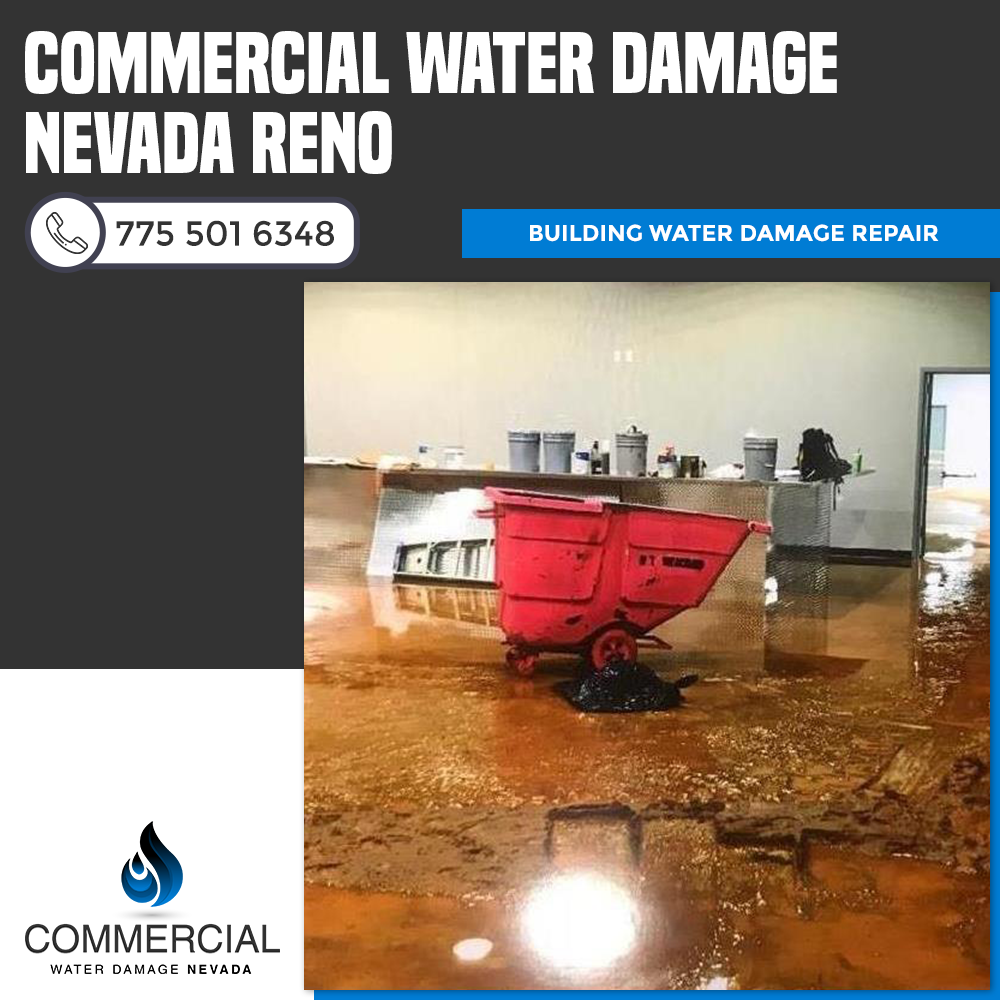 There are many hardwood horrors, including gym floor water damage. Leaving water-damaged hardwood untreated causes it to warp, damage, and become unusable. As a result, your athletes are put at risk of injury and poor performance. Damage caused by water is also expensive to repair.
There are many hardwood horrors, including gym floor water damage. Leaving water-damaged hardwood untreated causes it to warp, damage, and become unusable. As a result, your athletes are put at risk of injury and poor performance. Damage caused by water is also expensive to repair.
The causes of gym floor water damage must be understood by gym maintenance. Knowledge of the reasons can assist facility staff members in mitigating water damage. Without this knowledge, they could find themselves in an expensive mess. We hope that this article will help you understand the causes, signs, and management of gym floor water damage.
Cupping and Crowning
As the wood contracts and expands, it absorbs and releases moisture naturally in the case of excessive moisture absorption, a board cup or crown.
As the term suggests, Cupping is the act of forcing the edges of the boards upwards. When panels are damaged by water, they cannot expand horizontally. Due to this, the moisture level at the bottom of the boards is higher than at the top. As a result, crowning occurs when the wood swells in the middle because of high moisture content.
How can Cupping and crowning be fixed?
Remove moisture from the wooden floorboards by dehumidifying the area. Although dehumidification will dry the concrete underneath the wood, its effects will be minimal. Ensure the air has been directed toward the water-damaged areas by placing several large fans and blowers in the gym.
The most effective way to repair water-damaged wood is to sand the floor. However, in the sanding process, the tops of the wood are stripped of their finishes. As a result, moisture has an easy route to escape through the wooden flooring.
 What To Do:
What To Do:
Several methods are used to dry hardwood flooring effectively. The first is to monitor moisture levels accurately to determine the severity of the water damage. Moisture monitoring equipment provides essential information about how the water damage is drying. Measuring the moisture content of wood is best done with a wood-penetrating moisture meter. During and after restoration, the moisture content of the wood is calculated with this tool. In addition to measuring the top and bottom of each plank, moisture is also measured.
This way, one can determine which operations are necessary to restore the equipment to its previous state. This way, drying techniques can be adapted and adjusted to restore wood floors properly.
Water damage should be addressed immediately.
- Put an end to the water supply.
- Whenever possible, remove standing water.
- The best way to repair a floor is to contact a professional
Why is drying required?
The expansion of wood occurs when it is exposed to moisture. The moisture content in the wood is high due to the development. When it expands, the sports flooring will become cupped and buckled. Eventually, the wood will buckle and rise from the subfloor if Cupping is not stopped. If you cannot dry the surface of your gym floor, it may cause mildew and mold. This mold and mildew leave a harmful impact on human health and property.
Water-damaged gym floors must be properly dried before being sanded and refinished. Sanding a base to remove the Cupping is a common mistake. The wood will be permanently damaged once dried unless the raised edges are removed.
